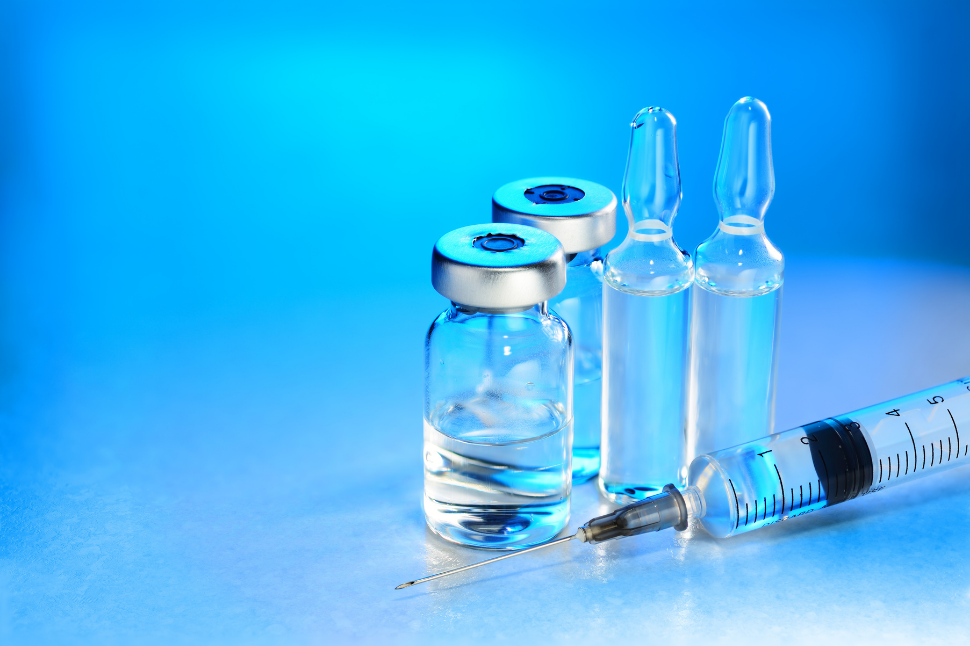Chemical Immobilization Pharmacology: Pharmacology and Drug Classes

Some zoological societies, universities and other organizations offer education in safe capture chemical immobilizationtechniques for those who are interested in careers in veterinary medicine, wildlife management, biology, zoology, animal control and related disciplines.
The San Diego Zoo Wildlife Alliance (SDZWA) currently offers courses covering the principles of the chemical immobilization of wildlife. In the comprehensive array of courses, instructors teach participants the fundamentals of such topics as capture and chemical immobilization, drug delivery systems, patient monitoring, safe capture techniques, patient monitoring, medical emergencies and pharmacology.
One such course is Chemical Immobilization Pharmacology: Pharmacology and Drug Classes. This course provides a foundation to ensure that animals in a zoo, free-ranging, managed care, domestic or other wildlife setting can be immobilized in a safe and humane way.
Upon completion of the course, attendees are able to:
- List the basic characteristics of an “ideal” immobilization drug
- Identify and describe the components of each of those characteristics
- Describe the broad categories of chemical immobilization drugs based on their site of action
- Identify and describe the regulatory classification of chemical immobilization drugs in the USA
While there is no ideal single drug for the chemical immobilization of all wildlife species, the best drugs and/or combinations have a number of primary characteristics:
1. Suitable in all species – Since there are major anatomical and physiological differences between animals in different taxon groups, there are significant differences in how different animals respond to various chemical immobilization drugs.
2. Predictable action with a wide margin of safety –Predictable action means that the time intervals of the drug to induce anesthesia are always similar. The margin of safety is defined as the ratio between the lethal dose of the medication and the effective dose of the medication.
3. Rapid onset of disorientation and immobilization – So that animals are immobilized while inflicting the least amount of stress and least risk of injury or escape, it is desirable to use a drug that affects the animal rapidly.
4. Easily concentrated and potent in small volumes –In general, 5 ml is accepted as the maximum practical volume for a chemical immobilization drug, with 2 ml or less considered "ideal."
5. Produces sedation and analgesia – An "ideal" immobilization drug would produce both sedation and analgesia (pain relief). Some chemical immobilization drugs produce both sedation and analgesia, however, many drugs do not possess both properties.
6. Produces no side effects – An "ideal" drug would have minimal or no side effects, however, very few drugs carry no side effects. Some drugs produce immobilization, but may also cause minimal to moderate side effects (e.g., salivation, seizures).
7. Controllable duration of action - The safest chemical immobilization drugs are those with effects that can be turned on or off at any time during a capture operation. Some drugs, called antagonists, reverse the action(s) of the chemical immobilization drug; these are also called reversal agents.
Other characteristics that are preferred in chemical immobilization drugs include a lack of potential for recycling or renarcotization, retention of potency under field conditions, economy of use, minimal regulatory issues and few (or no) human safety hazards. An online preview of Chemical Immobilization Pharmacology: Pharmacology and Drug Classesis available at sdzwaacademy.org.
Interested in learning more about safe capture? The San Diego Zoo offers courses in safe capture techniques and best practices. Learn reliable, safe, and effective techniques for the species you work with and the scenarios you encounter!
About NexGen Pharmaceuticals
NexGen Pharmaceuticals is an industry-leading veterinary compounding pharmacy, offering sterile and non-sterile compounding services nationwide. Unlike other veterinary compounding pharmacies, NexGen focuses on drugs that are difficult to find or are no longer available due to manufacturer discontinuance or have yet to be offered commercially for veterinary applications, but which still serve a critical need for our customers. We also specialize in wildlife pharmaceuticals, including sedatives and their antagonists, offering many unique options to serve a wide array of zoo animal and wildlife immobilization and anesthesia requirements.
Our pharmacists are also encouraged to develop strong working relationships with our veterinarians in order to better care for veterinary patients. Such relationships foster an ever-increasing knowledge base upon which pharmacists and veterinarians can draw, making both significantly more effective in their professional roles.
Disclaimer
The information contained in this blog post is general in nature and is intended for use as an informational aid. It does not cover all possible uses, actions, precautions, side effects, or interactions of the medications shown, nor is the information intended as medical advice or diagnosis for individual health problems or for making an evaluation as to the risks and benefits of using a particular medication. You should consult your veterinarian about diagnosis and treatment of any health problems. Information and statements have not been evaluated by the Food and Drug Administration ("FDA"), nor has the FDA approved the medications to diagnose, cure or prevent disease. Medications compounded by NexGen Pharmaceuticals are prepared at the direction of a veterinarian. NexGen Pharmaceuticals compounded veterinary preparations are not intended for use in food and food-producing animals.
NexGen Pharmaceuticals, LLC does not recommend, endorse or make any representation about the efficacy, appropriateness or suitability of any specific dosing, products, procedures, treatments, services, opinions, veterinary care providers or other information that may be contained in this blog post. NEXGEN PHARMACEUTICALS, LLC IS NOT RESPONSIBLE NOR LIABLE FOR ANY ADVICE, COURSE OF TREATMENT, DIAGNOSIS OR ANY OTHER INFORMATION, SERVICES OR PRODUCTS THAT YOU OBTAIN THROUGH THIS BLOG POST.



